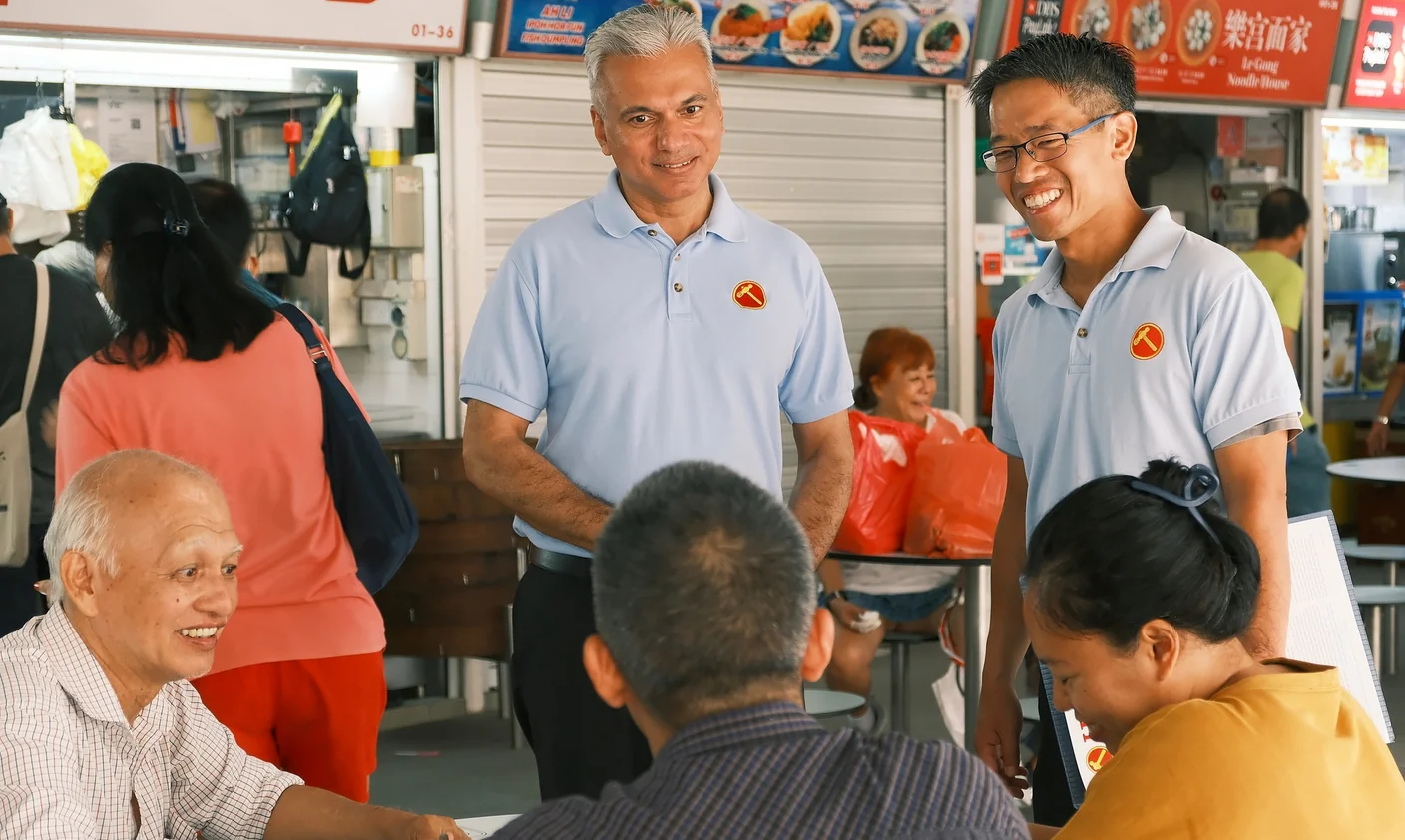工人党若在2025年大选赢得更多议席,会否只是徒增喧嚣?
英雄还是烂摊子?更大的承诺,更大的问题?

新加坡最迟须在2025年11月举行大选,而工人党(WP)正高调造势,仿佛已准备好接管政权。
该党目前拥有10个议席(阿裕尼、盛港和后港),如今更瞄准其他选区如马林百列、东海岸、淡滨尼及白沙—榜鹅。随着新面孔涌现,包括资深律师哈普雷特·辛格(Harpreet Singh)的加入,坊间热议“蓝色浪潮(指工人党支持率的上升势头)”即将来袭。
但在欢呼声背后,工人党的执政表现却一团糟。我们真该给这些人更多话语权吗?且让我们深入分析。
工人党连胜势头强劲
工人党深谙胜选之道。2011年,陈硕茂助该党夺下阿裕尼集选区,震惊人民行动党(PAP)。
2020年,林志蔚(Jamus Lim)以“暖我的心房(warm my cockles,指感动人心)”的言论赢得盛港选区,此言至今仍被津津乐道。
如今,新晋党员哈普雷特·辛格·内哈尔(Harpreet Singh Nehal)——这位从知名律师转型的政坛新人——可能成为下一颗明星。他被发现活跃于马林百列选区,其履历令人瞩目(堪称法庭精英与草根战士的结合体)。
尽管行动党和新加坡前进党(PSP)也推出新人,但工人党团队更显亲民——少些官僚做派,多些“感同身受”的共鸣。
再夺四个集选区?根据2020年选举数据,该党在竞争选区得票率达50.49%,而东部地区饱受生活压力的家庭或许会转向工人党。但胜选是一回事,执政能力则是另一回事。
未来英雄还是危机暗涌?
真相如下:工人党包袱重重。
林志蔚虽魅力十足,但他关于不平等的“觉醒”言论更适合TikTok,难吸引只求鸡饭降价的基层选民。
党魁普里坦·辛格(Pritam Singh)因就拉希莎·汗(Raeesah Khan)事件向国会特权委员会撒谎,刚被罚款1.4万新元。这一污点令反对党领袖形象蒙尘。
2023年,梁文辉(Leon Perera)与妮可·Seah(Nicole Seah)的绯闻风波?比起严肃政治,更像肥皂剧情节。
这些并非偶然失误,而是判断力持续欠佳的体现。工人党绝非行动党那般纪律严明的“钢铁坦克”,反倒像一辆吱呀作响的破旧摩托。
工人党应获更多权力吗?
若工人党大胜(例如阿裕尼59%、盛港52%、东部两集选区51%,总议席超20席),这并非因其完美无缺,而是选民渴求变革。物价飞涨、住房压力、年轻世代不满现状——工人党正瞄准这些痛点。哈普雷特或许是助力,但他们的政策构想必须比失误更耀眼。
他们高呼公平,但能否在执政时不自乱阵脚?国会辩论或将更激烈,但也可能更失序。
关键结论
工人党虽有胜绩与豪言,但其光环正迅速褪色。哈普雷特等新面孔无法掩盖裂痕——执政能力不稳、领袖信誉存疑、丑闻接连不断。其竞选宣言固然可观,但带来的混乱恐得不偿失。
若你已厌倦行动党执政,大可支持工人党,但别期待奇迹——唯有更多的喧嚣罢了。

